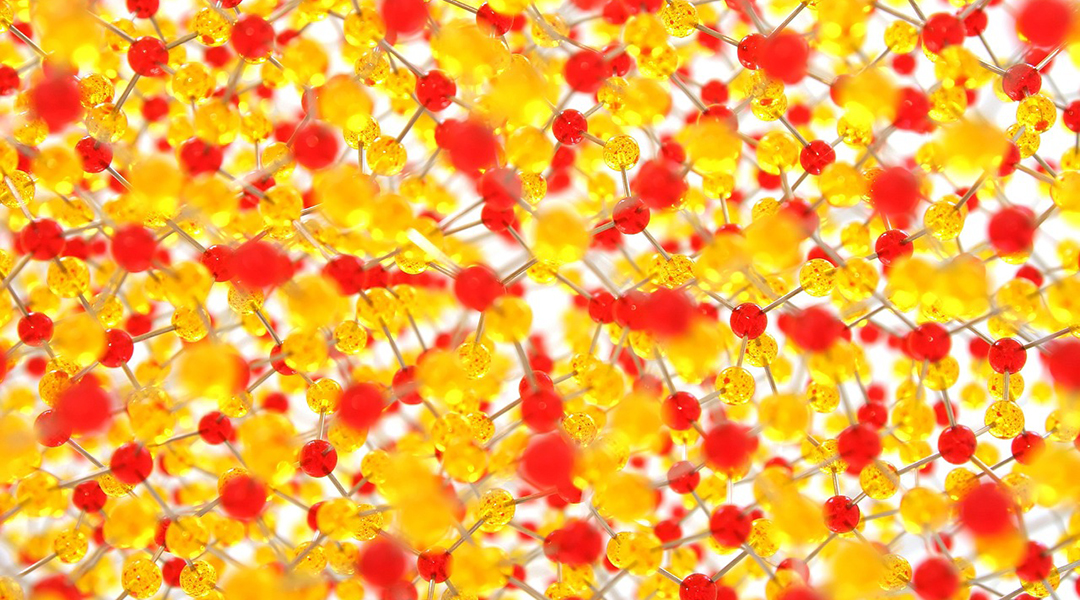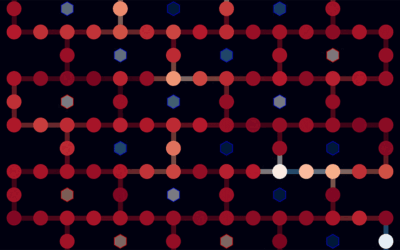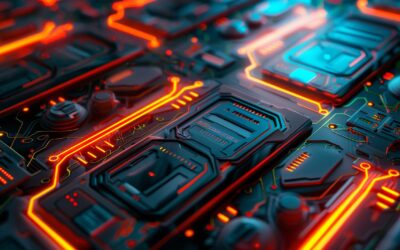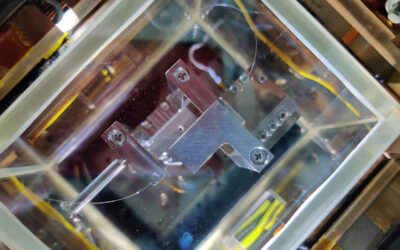Researchers have unveiled an advanced computing device called an Ising machine designed to solve complex problems essential in physics, biology, and social sciences. Originally developed to understand magnetism, particularly how magnetic spins interact with each other, the Ising model now proves invaluable for tackling complex optimization challenges across diverse fields.
“Through the Ising model, scientists [can] understand how a group of objects, like magnets or brain neurons, influence each other’s behavior based on their positions and interactions,” explained Zhiqiang Liao at the University of Tokyo in an email. “Combinatorial optimization involves finding the best solution from a vast number of possible solutions.”
Imagine, for example, you want to find the quickest route through a city with numerous roads. An Isling model will help determine how different routes affect each other, similar to how particles within a magnetic material interact.
In a city’s road network, each intersection acts like a magnetic spin, roads between intersections are edges connecting these spins, and traffic volume is analogous to spin direction. The Ising model helps find the optimal route given the traffic and the influence of neighboring nodes.
“By adjusting the spins to lower the system’s energy — making the arrangement more stable — we can find the optimal solution to the problem,” explained Liao.
A better way to solve complex problems
Despite its usefulness, applying the Ising model to solve optimization problems with conventional computers becomes problematic as the number of nodes increases, exponentially increasing the number of possible solutions.
Quantum computers have been proposed as a solution. Their basic computational units, qubits, can exist in multiple states simultaneously, allowing exploration of different solutions in seconds, minutes, or hours. However, while promising on paper, scientists have yet to create a viable quantum computer — they are expensive, sensitive, and consume substantial energy.
Liao and his colleagues took a different approach, and designed an improved Ising machine to work through the model more efficiently than conventional computers without the drawbacks of quantum computers.
A defective lattice leads to a better Ising machine
The new Ising machine the team designed relies on patterns in imperfect materials to function. “Such a potential is a special condition in materials with natural imperfections, or ‘defects’,” said Liao. “These defects create unique patterns in how particles, such as phonons (vibrations in the material), move and interact.”
This approach focuses on how particles respond to external influences, likening their behavior to magnetic spin states in the Ising model. “When particles encounter these defects, they behave in ways that are less affected by noise,” Liao said. Noise being a main killer of quantum computer’s longevity.
“Think of a defect like a road with built-in speed bumps that help keep cars from going too fast and crashing, regardless of the weather,” explained Liao. “By leveraging the damping characteristics of these defective materials, our machine can operate smoothly even in very noisy environments without requiring a lot of power. Compared to quantum computers, [our computer] does not need cooling [to operate], making it more energy-efficient.”
This could solve combinatorial optimization problems more efficiently because this computer’s physical structure mirrors systems the Ising model is used to describe. In the analogy with magnets, certain states of phonons, which make up the vibrations of the crystal lattice, play the role of electron spins, while the external magnetic field used to manipulate the spin states in magnetic materials is mirrored by light pulses used to influencing their states.
The team’s Ising machine will have potential application in logistics, machine learning, finance, and more. However, despite the study’s promise, Lao acknowledges that this is just the beginning of a long journey toward practical implementation.
“We plan to further refine our design and conduct broader tests to ensure its reliability and efficiency in various real-world scenarios,” said Hitoshi Tabata, the team’s lead. “Simultaneously, we will explore other materials with different types of defects to see if they offer better performance or new functionalities.”
Reference: Zhiqiang Liao, Munetoshi Sek, et al, Topologically Defective Lattice Potential-Based Gain-Dissipative Ising Annealer with Large Noise Margin, Advanced Physics Research (2024). DOI: 10.1002/apxr.202400035
Feature image credit: andreas160578 on Pixabay

















